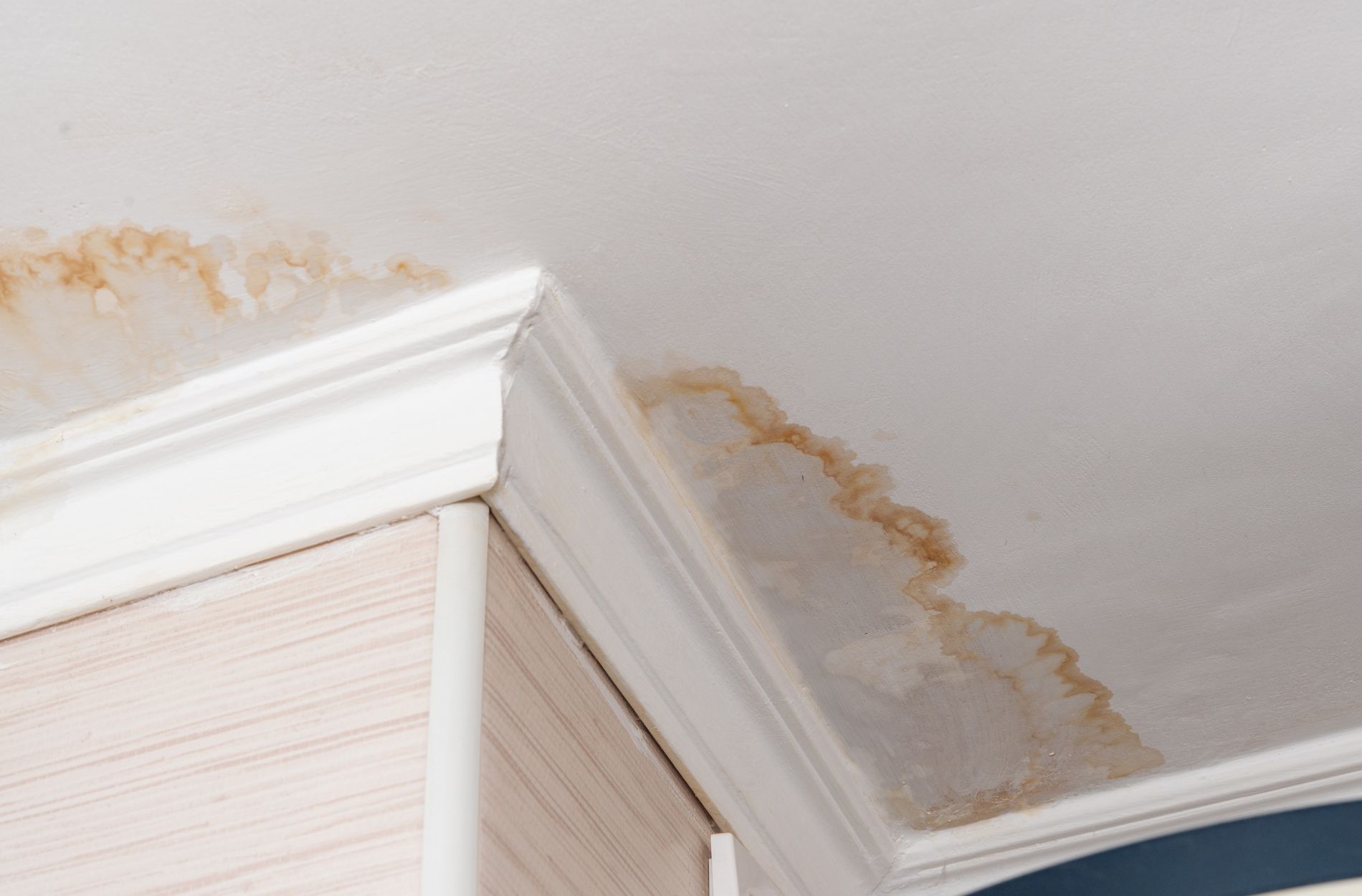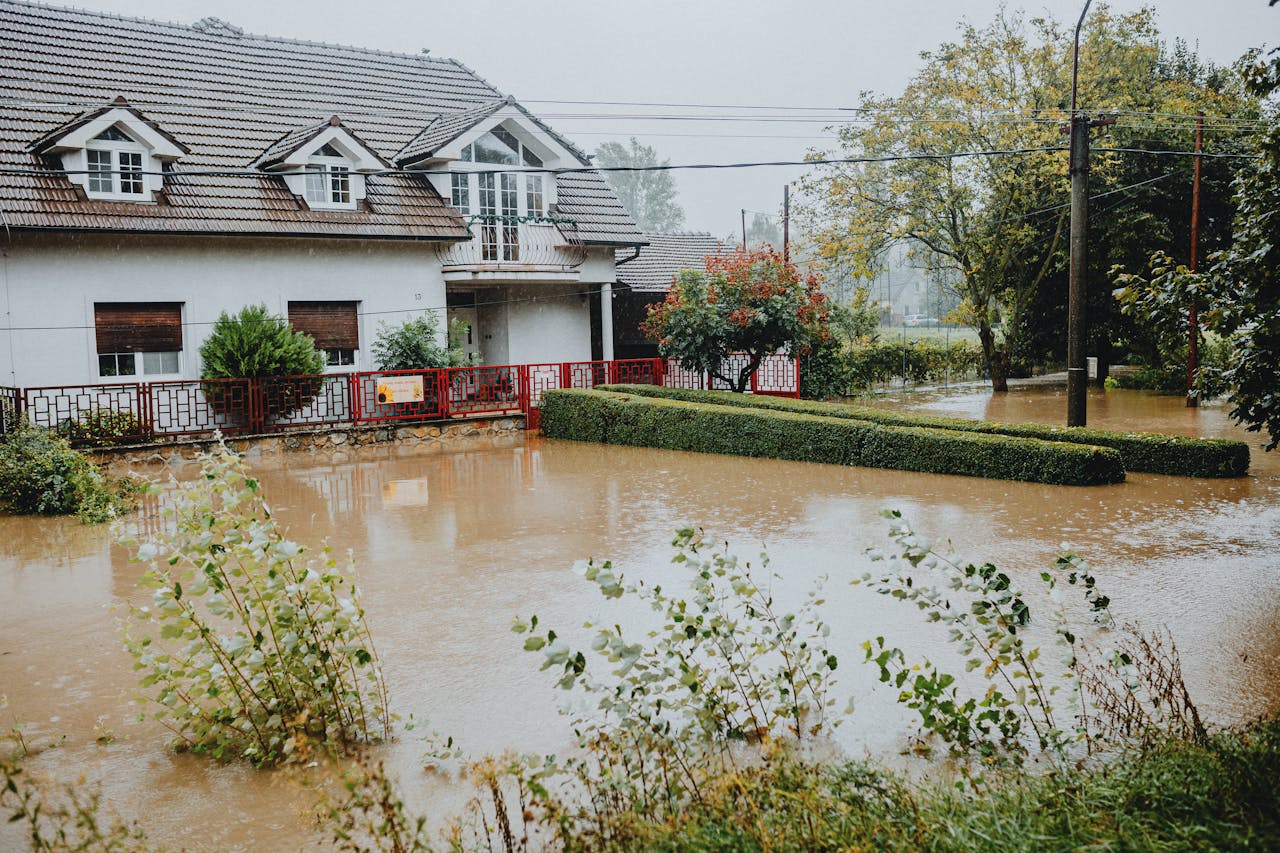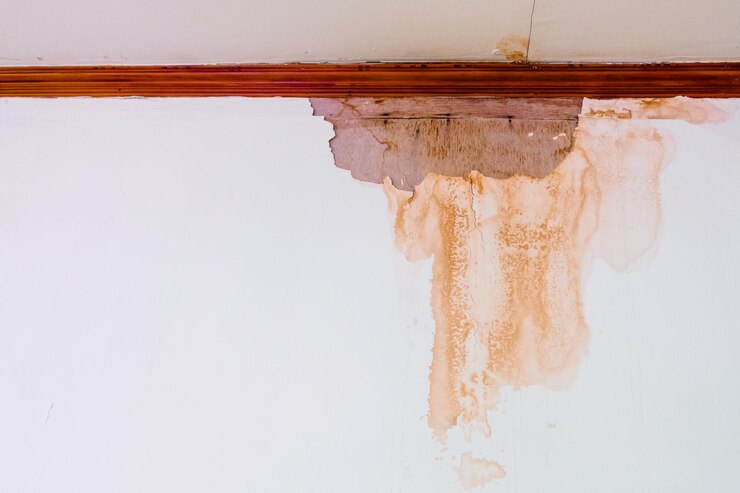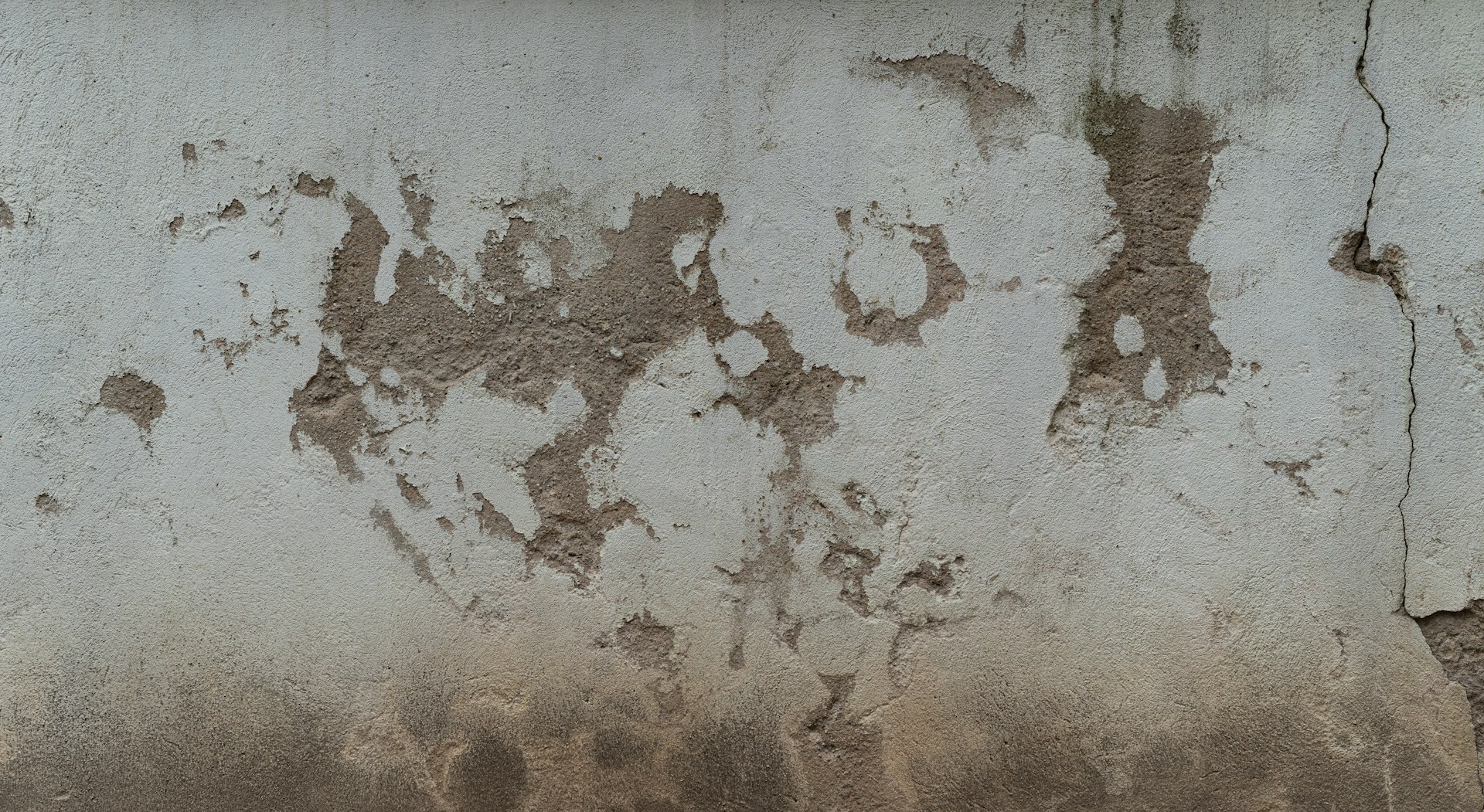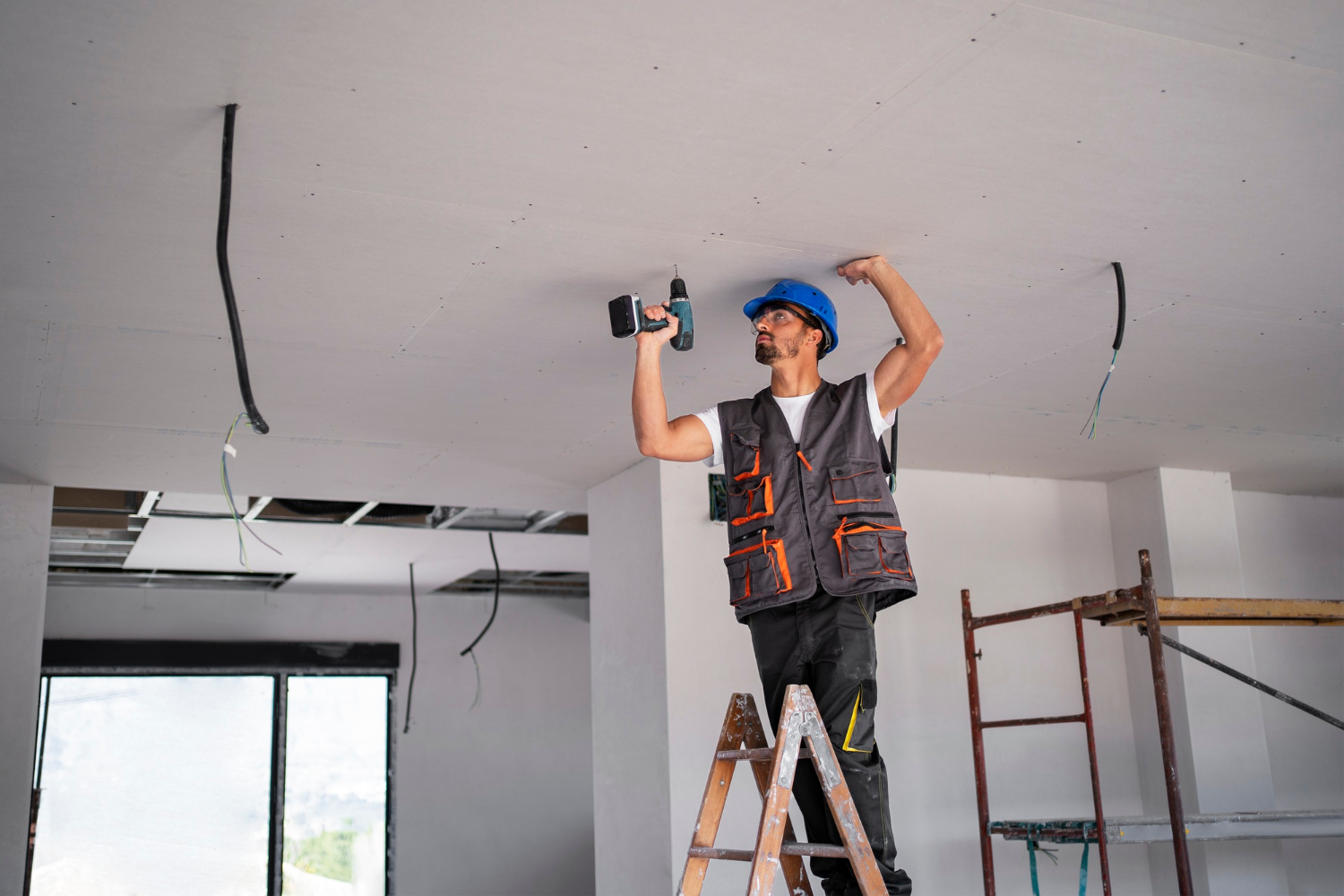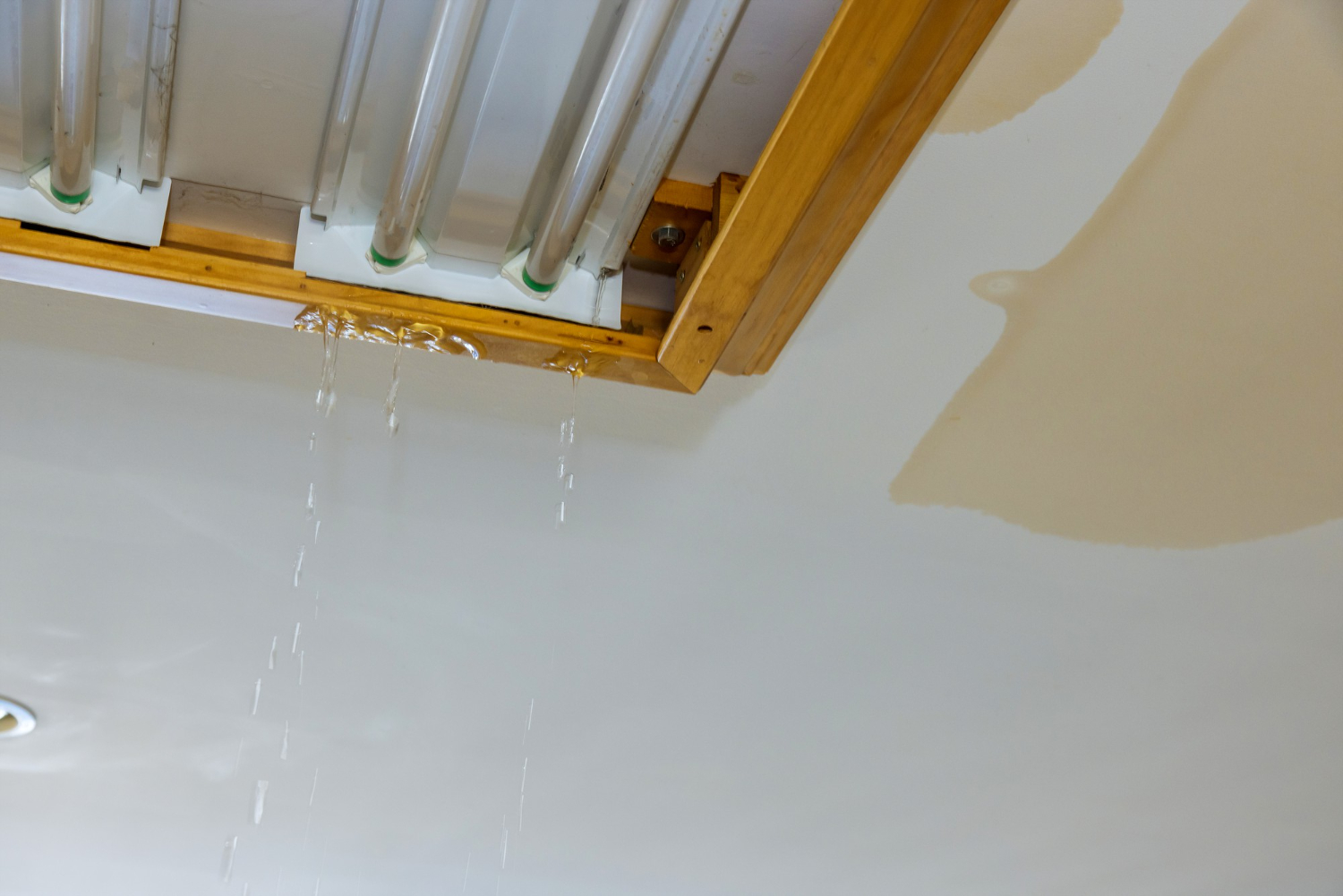Water damage is a common issue that many homeowners in Monterey face. Whether it’s caused by natural elements, faulty appliances, or structural problems, water intrusion can lead to serious and costly damage. Knowing the common causes of water damage and how to fix them can save you from future headaches and expenses.
One of the main culprits behind water damage is leaking or burst pipes. These issues can arise due to a variety of reasons, including aging infrastructure, temperature fluctuations, or high water pressure. Pipes that leak or burst can cause significant damage to walls, floors, and personal belongings.
Another frequent cause of water damage in homes is problems with the roof and gutters. Roof leaks and clogged gutters can allow water to seep into your home, leading to mold growth and structural damage. Regular inspection and maintenance of your roof and gutters can prevent these issues.
Faulty appliances and plumbing fixtures are also common sources of water damage. Appliances such as washing machines, dishwashers, and water heaters can malfunction and cause leaks. Ensuring these devices are in good working condition is crucial.
Lastly, poor drainage and landscaping problems can lead to water pooling around your home, increasing the risk of water damage. Proper drainage systems and well-designed landscaping can help keep water away from your foundation and living spaces.
Leaking or Burst Pipes
Common Causes of Pipe Leaks and Bursts
Leaking or burst pipes are a frequent cause of water damage in homes. They can occur due to several reasons. One common cause is aging infrastructure; older pipes are more prone to deterioration and corrosion. Temperature changes, especially in colder months, can also cause pipes to expand and contract, leading to cracks and leaks. High water pressure is another culprit, as it puts excessive strain on the pipes, causing them to burst. Additionally, ground movement or settling can shift pipes, leading to breaks or leaks.
Temporary and Permanent Fixes
If you have a leaking or burst pipe, acting quickly is essential. For a temporary fix, use pipe clamps or rubber patches to stop the leak until a permanent solution can be applied. For a burst pipe, shutting off the main water supply and using a pipe sleeve or repair tape can help control the damage temporarily. Permanent fixes usually involve replacing the damaged section of the pipe. It’s best to call a professional plumber to ensure the repair is done correctly and prevents future leaks.
Preventative Maintenance Tips
To avoid leaking or burst pipes, regular maintenance is crucial. First, make sure to insulate exposed pipes, especially those in unheated areas like basements or attics. Insulation helps protect pipes from extreme temperature changes. Regularly check for signs of corrosion or wear and tear on your pipes. Installing a pressure regulator can help manage high water pressure. Additionally, schedule annual inspections with a professional plumber to identify and address potential issues before they escalate.
Roof and Gutter Issues
Identifying Roof Leaks and Gutter Problems
Roof and gutter problems are another common source of water damage. Identifying these issues early can save you from significant repair costs. Look for signs of roof leaks such as water stains on the ceiling, damp spots on walls, or missing and damaged shingles. During heavy rains, check your attic for any signs of leakage. Gutter problems often manifest as overflowing gutters, pooling water around your home’s foundation, or visible signs of rust and sagging.
Effective Repair Solutions for Roof and Gutters
When it comes to repairs, timely action is key. For roof leaks, replacing damaged shingles and sealing any cracks with roof cement can help prevent further water intrusion. Consider applying a waterproof membrane under your shingles for added protection. For gutter issues, clear out any debris and ensure they are securely attached to your home. Installing gutter guards can help keep leaves and other debris from clogging your gutters in the future. If your gutters are beyond repair, it may be time to replace them entirely.
Regular Maintenance Practices
Maintaining your roof and gutters regularly is essential to prevent water damage. Conduct biannual inspections, preferably in the spring and fall, to catch any issues early. Clean your gutters at least twice a year to ensure proper drainage. Trim back tree branches that could damage your roof or clog your gutters. Lastly, ensure that downspouts direct water away from your home’s foundation, reducing the risk of pooling water and potential flooding. Regular upkeep helps maintain the integrity of your roof and gutters, protecting your home from water damage.
Faulty Appliances and Plumbing Fixtures
Recognizing Faulty Appliances and Fixtures
Faulty appliances and plumbing fixtures can lead to significant water damage in your home. Recognizing the signs of malfunctioning devices is essential for early intervention. Watch for puddles or drips underneath appliances like washing machines, dishwashers, and refrigerators. Also, check for any rust or corrosion on water supply connections and hoses. Slow-draining sinks and tubs could indicate a plumbing issue, while a sudden spike in your water bill might signal an unnoticed leak.
Steps to Repair or Replace
When you discover a faulty appliance or fixture, quick action can prevent extensive damage. For minor leaks, start by tightening any loose connections or replacing worn-out hoses. If you find more severe issues, like cracked appliance housing, it might be best to replace the entire unit. For plumbing fixtures, replacing washers or seals can fix small leaks, but heavily corroded or damaged fixtures should be replaced. Always follow manufacturer guidelines or seek professional help if you’re unsure about the repair.
Routine Checks and Maintenance
Routine checks and maintenance can help ensure your appliances and fixtures remain in good working order. Regularly inspect hoses and connections for signs of wear. Replace hoses every five years, even if they appear fine. Clean out filters in appliances to prevent blockages and reduce strain on the system. Schedule annual checks for water heaters and other essential appliances. Consistent maintenance extends the lifespan of your appliances and prevents unexpected water damage.
Poor Drainage and Landscaping Problems
Signs of Poor Drainage Around Your Home
Poor drainage and landscaping issues are common causes of water damage, especially in areas with heavy rainfall. Look for signs such as pooling water in your yard, soil erosion, or water stains on your foundation. If you notice these issues, it’s likely that your home’s drainage system needs attention. Waterlogged soil and standing water near your home can weaken the foundation and lead to basement flooding.
Fixing Drainage and Landscaping Issues
Addressing drainage and landscaping problems promptly can prevent future water damage. Start by ensuring that your gutters and downspouts direct water away from your home’s foundation. Installing a French drain or a dry well can help manage excess water. Regrading your yard to slope away from your home can also improve drainage. If landscaping is causing issues, consider relocating plants and trees that are too close to your house. Adding mulch and hardy plants can help absorb excess water and reduce erosion.
Preventing Future Water Damage Through Landscaping
Implementing proper landscaping techniques can help prevent water damage in the long run. Choose plants that require less water and are suited to your climate. Create rain gardens to absorb and filter rainwater. Use permeable materials for walkways and driveways to allow water to seep into the ground rather than running off. Regularly maintain your drainage systems and landscape features to ensure they function correctly. Thoughtful landscaping enhances your home’s appearance and provides effective water management.
Conclusion
Water damage can be a daunting problem for homeowners, but understanding the common causes and solutions can help you manage and prevent it effectively. From leaking pipes to poor drainage, recognizing the signs early and taking appropriate action is crucial. Regular maintenance and timely repairs play a significant role in safeguarding your home against water damage.
Remember, an ounce of prevention is worth a pound of cure. Simple steps like inspecting your appliances, maintaining your roof and gutters, and improving your home’s drainage can go a long way in keeping your home safe and dry.
If you suspect water damage or need professional assistance, don’t hesitate to reach out to All Around Home Solutions in Monterey. Our water damage restoration experts can help you address any issues and provide lasting solutions. Contact us today to protect your home and ensure it stays in excellent condition.


